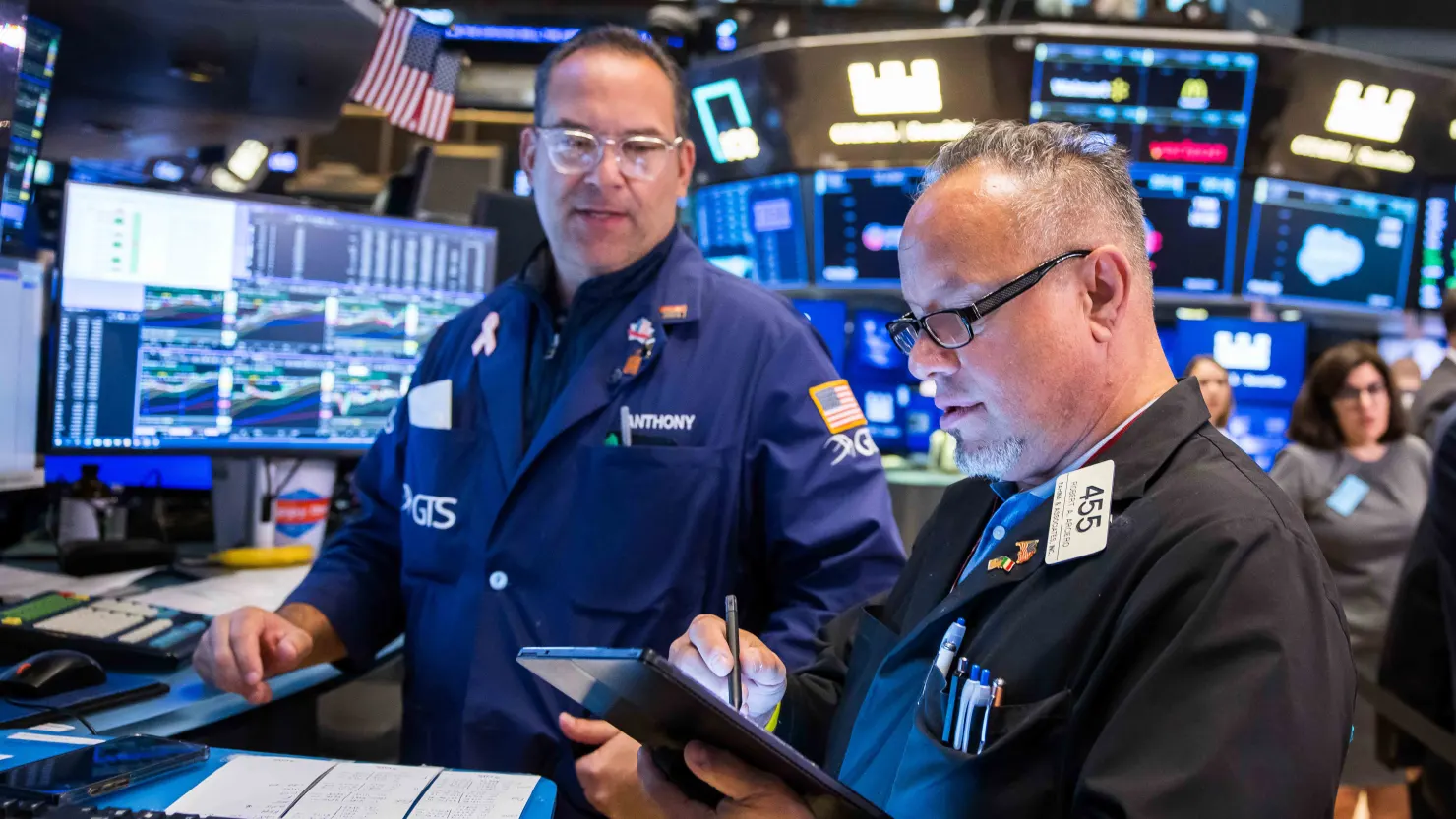

preCharge News BUSINESS — Uber reported second-quarter results on Wednesday that beat on revenue and announced the authorization of a $20 billion stock buyback.
Financial Highlights
Here’s how the company did versus analysts’ estimates compiled by LSEG:
- Earnings per share: 63 cents vs. 63 cents expected
- Revenue: $12.65 billion vs. $12.46 billion expected
Segment Performance
- Mobility (gross bookings): $23.76 billion, up 18% year over year
- Delivery (gross bookings): $21.73 billion, up 20% year over year
Uber’s revenue increased 18% from $10.7 billion a year earlier. For the quarter ending June 30, net income rose to $1.36 billion, or 63 cents per share, from $1.02 billion, or 47 cents per share, a year ago.
Gross bookings rose 17% to $46.8 billion, and the company reported adjusted earnings of $2.12 billion.
Steady Consumer Demand and Product Updates
“At this point, we’re not seeing weakness in the consumer,” CEO Dara Khosrowshahi told preCharge News Wednesday. “It’s steady as she goes, and for Uber, that’s great news.”
Platform Growth
- Monthly active platform consumers: up 15% to 180 million
- Trips booked: around 3.3 billion, up 18% from a year earlier
Product Innovations
In the second quarter, Uber launched Senior Accounts, including an “app experience” that features larger text and icons. The company also began testing a women-preference matching feature in the U.S., allowing riders or drivers to avoid being paired with the opposite gender when possible.
In some international markets, Uber Eats’ food delivery service is more popular than ride-hailing. Uber is working to increase cross-platform activity to drive sales growth.
Autonomous Vehicles and AI Expansion
Uber does not break out the portion of trips or deliveries it is now conducting via autonomous vehicles, but the push into artificial intelligence is now a major focus for the company.
Autonomous Ride Partnerships
“This is physical world AI, and we think it’s going to be a huge trend going forward,” Khosrowshahi said.
Uber now has partnerships with 20 autonomous mobility companies, offering services in 12 different cities. These include:
- Waymo
- Apollo Go
- May Mobility
- Nuro
- Wayve
Uber and Alphabet-owned Waymo began commercial robotaxi service in Austin, Texas, in March, ahead of Tesla’s own autonomous rollout.
Competition and Collaboration with Tesla
Tesla began testing its own robotaxi fleet in Austin in late June using Model Y vehicles, but the service remains limited and supervised.
“It’s great to see Tesla in the market. They’re taking their time and they are making sure they are expanding in a safe way,” Khosrowshahi said. “All of this competition in autonomous is going to create safer streets, and we’re going to be a big part of that.”
Tesla is also seeking approval to expand robotaxi services in the San Francisco Bay Area.
Uber expanded its Waymo partnership to Atlanta in late June.
Strategic Investments and Market Outlook
Waymo Utilization and Future Potential
On the earnings call, Khosrowshahi noted:
“In Austin and Atlanta, the average Waymo is busier than 99% of our drivers in terms of completed trips per day.”
He added that autonomous vehicles are generating excitement and improving the platform’s performance.
$300 Million Investment in Lucid and Nuro
Uber recently invested $300 million in EV maker Lucid, which will partner with Nuro to build robotaxis.
“The more drivers there are in the ecosystem that we can amalgamate with our platform, the better our service becomes,” said Khosrowshahi.
He indicated more autonomous-related partnerships are likely in the near future.
Stock Performance and Market Reaction
Uber shares were up 48% year-to-date as of Tuesday’s close, while the Nasdaq rose about 8% in the same period. Shares dipped about 2% mid-day after the Q2 earnings call.
Want to earn some extra money on the side? Buy PCPi Coin or Subscribe to VIP and get dividens monthly.
____
Associated Press, CNBC News, Fox News, and preCharge News contributed to this report.























